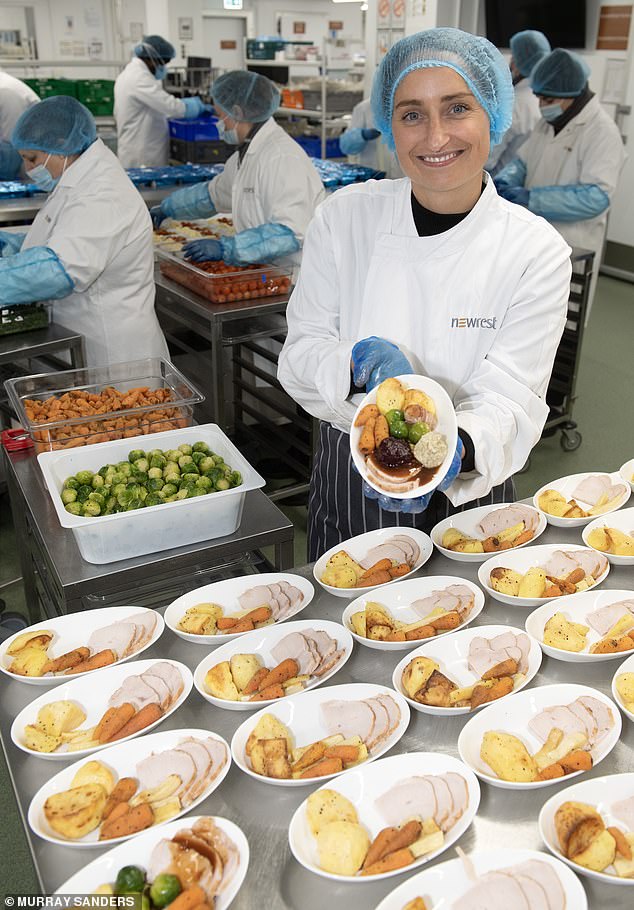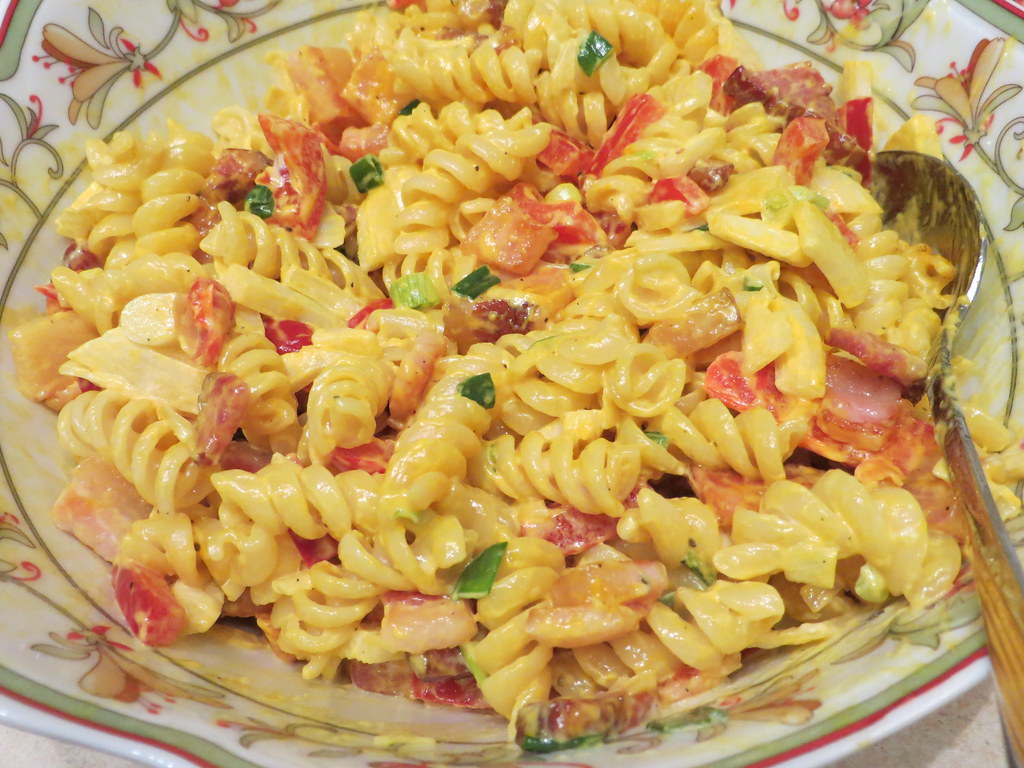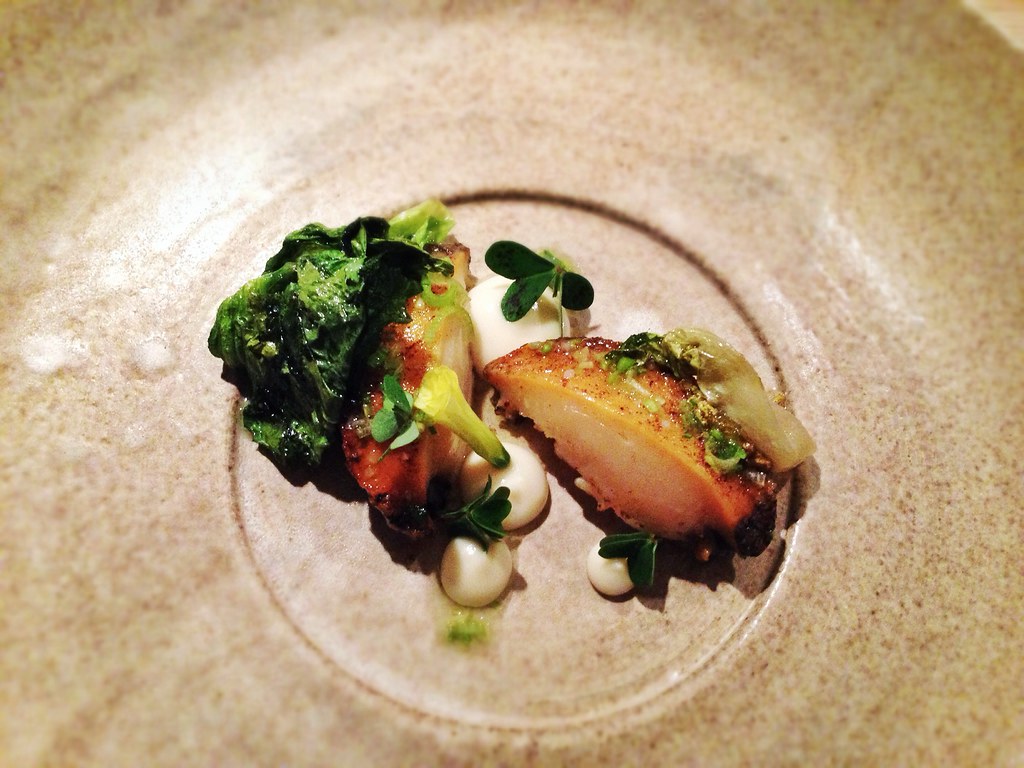Have you ever experienced the unique blend of desperation and resignation that accompanies ordering food during a layover? It’s a moment that unites travelers worldwide in silent camaraderie and, often, shared disbelief at the price tag attached to their meal. Let me share a tale that might sound all too familiar. It involves a super long layover at SFO, a day-use hotel, and the culminating decision to kill time by indulging in what can only be described as the most overpriced BK Whopper Junior Meal known to mankind. Imagine spending $26 on a basic meal that, outside the confines of airport security, would barely make a dent in your wallet. It’s absurd, laughable, and yet, undeniably part of the modern travel experience.
The Sky-High Prices of Airport Food
Venturing into airports often feels like entering a parallel universe where the normal rules of economy and logic cease to exist. Here, a basic meal can cost as much as a fine dining experience, and your choice is either to surrender your wallet or your stomach’s peace. This bizarre scenario isn’t unique to any one traveler; it’s a shared rite of passage. Take, for instance, the experience of David Brooks, a conservative columnist who found himself parting with $78 for a meal at Newark Airport. This included a burger, crinkle-cut fries, lettuce and tomato, and what must have been an alarmingly expensive pour of bourbon. The internet went wild, speculating on the breakdown of costs and the possible inclusion of premium whiskey in the tally.

Navigating the Pricey Predicament
Why are airport foods priced so astronomically? It’s easy to chalk it up to greed or a captive audience situation. Yet, digging a little deeper reveals a complex web of reasons behind these sky-high prices. For starters, those operating eateries within airports aren’t just any business owners; they’re tenants paying premium rent for their space, bound by agreements that often include a percentage of their sales going back to the airport. The cost of rent at airports like Portland International Airport can be more than double the average commercial space rent outside, underscoring the hefty financial burden these vendors face.
Delivering food and supplies past the stringent security checks of airports adds another layer of cost. Suppliers, eyeing the lucrative nature of airport businesses, may mark up their prices, further inflating the cost of that sandwich or salad you’re eyeing. Compounded by high employee turnover rates and the need for staff to undergo security clearances, it’s no wonder the prices we see are often sky-high.
Knowledge is power, and there are ways to navigate this pricey predicament. Bringing your own food is a straightforward solution, although liquids over three ounces are a no-go. Exploring options like accessing airport lounges through certain credit cards can also offer reprieve, with complimentary snacks and drinks that soften the blow to your wallet. And if you’re parking at the airport, consider services like The Parking Spot to save on parking fees, freeing up more of your budget for when hunger strikes.

While the cost of airport food might remain a source of humor and occasional outrage, understanding the why behind the price tags can make the pill a little easier to swallow. Or, in the case of airport dining, the burger a little less painful to purchase. So, the next time you find yourself forking over an exorbitant amount for a meal before boarding your flight, remember: you’re not just buying food; you’re buying into a complex system that stretches far beyond the airport terminal. And maybe, just maybe, that knowledge will make your dining experience a tad more palatable. Happy travels, and may your airport meals be ever flavorful and only slightly overpriced.
Related posts:
The Truth About Expensive Airport Food: Why Does it Cost So Much?
Fact-check: You can eat a burger and fries for less than $78 at Newark airport
David Brooks airport: OK, but there is a real story behind the crazy food prices in Newark.





